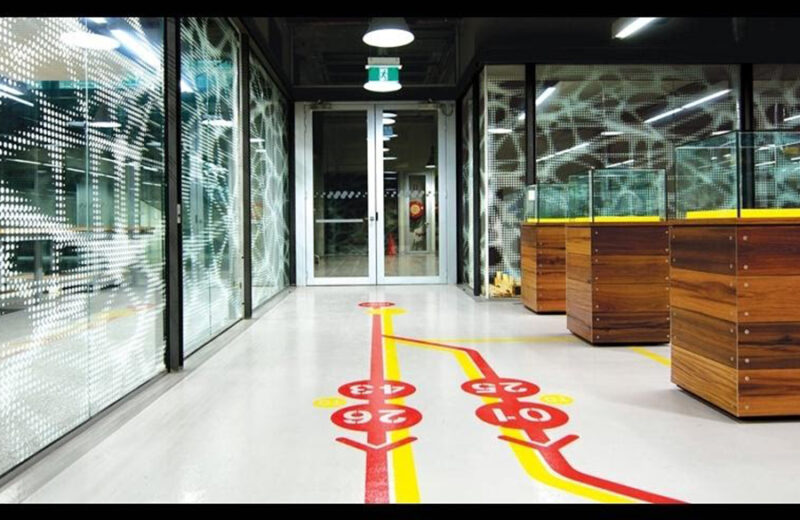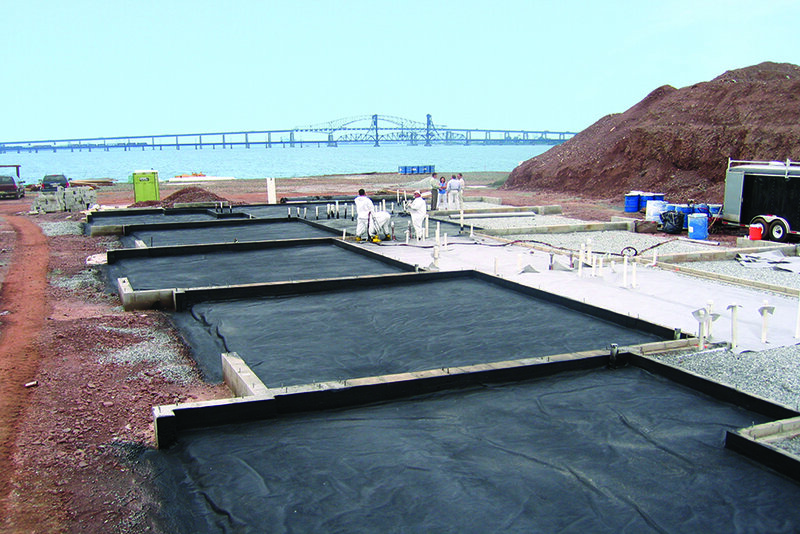In today’s increasingly complex built environments, SPMD environmental wayfinding design plays a vital role in shaping how individuals navigate and emotionally connect with physical spaces. More than directional signage, this discipline encompasses a comprehensive design language—integrating architecture, graphic design, and fine art—to create intuitive, meaningful, and visually engaging environments. Central to this approach is the art of custom art curation, which transforms static interiors into dynamic narratives that reflect identity, culture, and purpose.
The Role of Art in Wayfinding Systems
Traditional wayfinding systems have typically focused on legibility, consistency, and user functionality. While these remain critical elements, modern wayfinding frameworks—especially in institutional, commercial, and public spaces—are evolving to include layers of emotional and aesthetic depth. Art curation acts as a key differentiator in this evolution.
Custom-curated artworks support wayfinding not only by acting as visual landmarks but also by embedding cultural and thematic resonance into the environment. Murals, installations, and sculptural pieces often become intuitive reference points, offering visual memory cues that help visitors orient themselves. Whether it’s a hospital, a museum, a corporate campus, or a transit hub, curated art can be deployed to enrich navigational clarity while reinforcing the overarching brand or community ethos.
Project Management: Holistic End-to-End Stewardship
Custom art integration into wayfinding design requires seamless coordination between artists, designers, architects, and fabricators. The management of such projects is inherently multifaceted, involving conceptual planning, technical implementation, and stakeholder engagement across various phases.
End-to-end project stewardship ensures that every layer—from the selection of artists to the final installation—is carried out with both precision and artistic integrity. This approach allows for consistent alignment with the spatial narrative and brand vision. It includes rigorous attention to environmental context, user demographics, material selection, and budget constraints. Effective project management bridges the gap between creative ambition and operational feasibility, resulting in installations that are both captivating and durable.
Artist Curation and Collaboration
At the core of any successful art-based wayfinding project lies thoughtful artist curation. The selection process is guided not only by aesthetic quality but also by the artist’s ability to connect with the intent of the space and its users. Curators often collaborate with local or emerging artists to evoke authenticity, foster community engagement, and support regional narratives.

The collaborative process is iterative—artists and designers co-develop visual strategies that harmonize with spatial elements, such as lighting, materials, and architectural forms. Through workshops, mock-ups, and prototyping, concepts are refined into impactful works that not only resonate visually but also serve a functional purpose within the wayfinding system.
Installation and Spatial Integration
Successful implementation goes beyond merely mounting artwork on walls. Custom pieces must be integrated with technical precision into the built environment. This phase includes logistical coordination, structural assessments, and material durability testing, especially in high-traffic or weather-exposed areas.
Installation crews work closely with designers and curators to ensure that each piece is positioned to maximize visibility and relevance without obstructing flow or accessibility. Lighting design often plays a critical role in enhancing the visual impact, guiding the eye naturally toward key navigational zones.
Events and User Engagement
Interactive events such as unveiling ceremonies, artist talks, or community painting sessions can deepen the connection between the space and its users. These events not only elevate public awareness but also humanize the design process, offering insight into the creative and logistical journey behind the finished product.
Moreover, involving users in the storytelling process fosters a sense of ownership and pride, making wayfinding feel more intuitive and welcoming. These moments of engagement transform spaces from being purely functional to emotionally resonant.
A Future-Forward Approach
As cities and buildings continue to evolve into multifunctional, user-centric environments, the role of SPMD environmental wayfinding design will become increasingly nuanced. Integrating custom art curation as a foundational element in this process allows for deeper, more lasting impressions on those who move through these spaces. When executed through holistic project management and collaborative stewardship, such designs don’t merely guide—they inspire.


